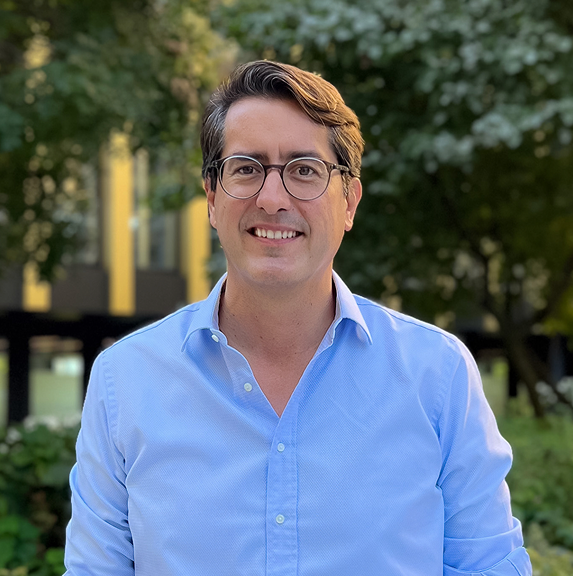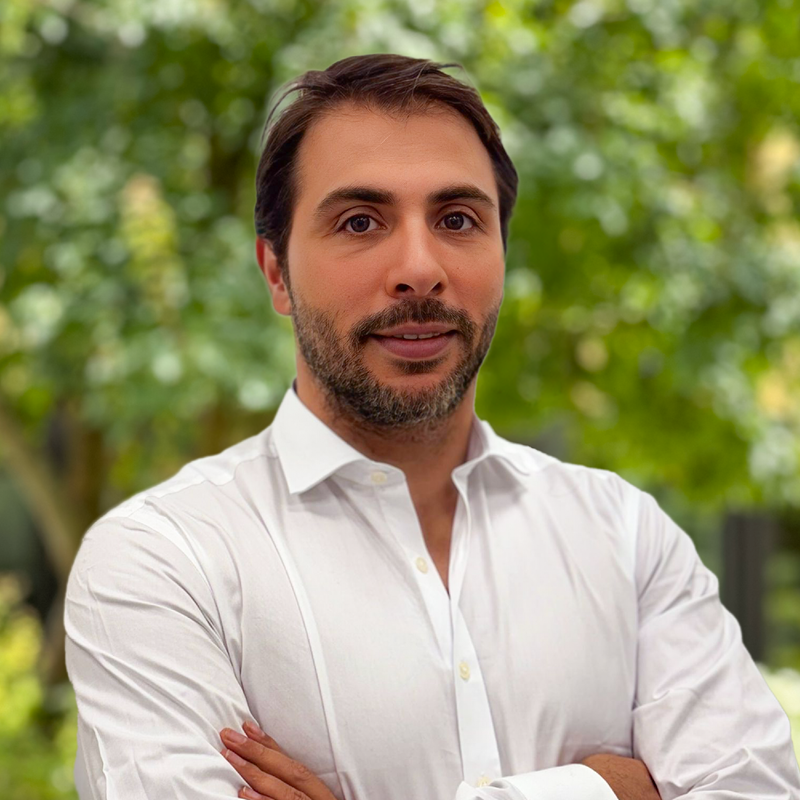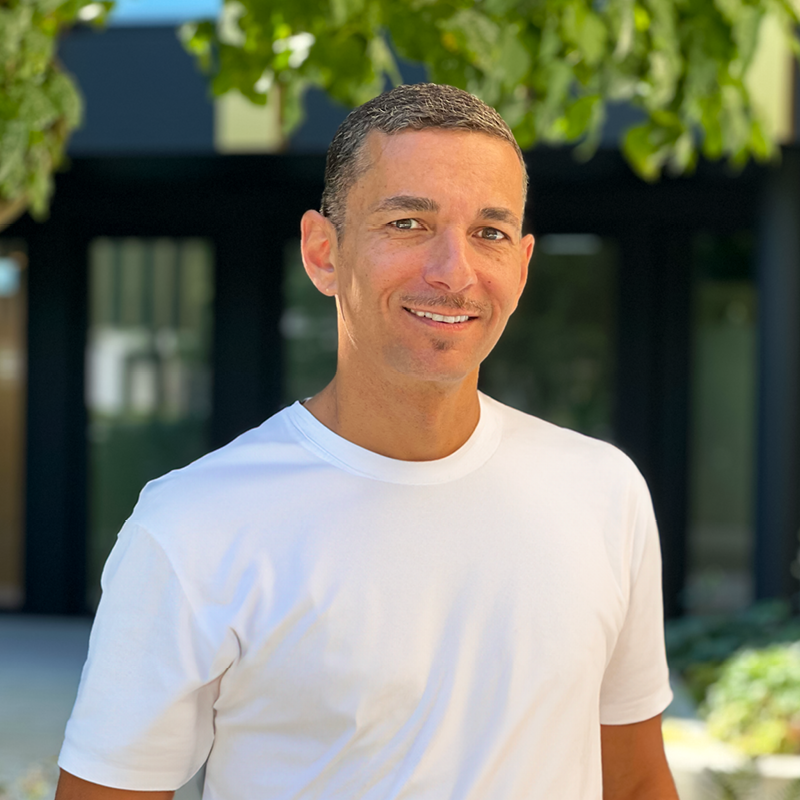Just be part of it.
BRIGHT POWER, LIGHTER COST
Get local, renewable electricity from your neighbourhood. enshift makes clean energy accessible to your community—cutting costs, lowering emissions, and giving you more energy independence.

Get local, renewable electricity from your neighbourhood. enshift makes clean energy accessible to your community—cutting costs, lowering emissions, and giving you more energy independence.

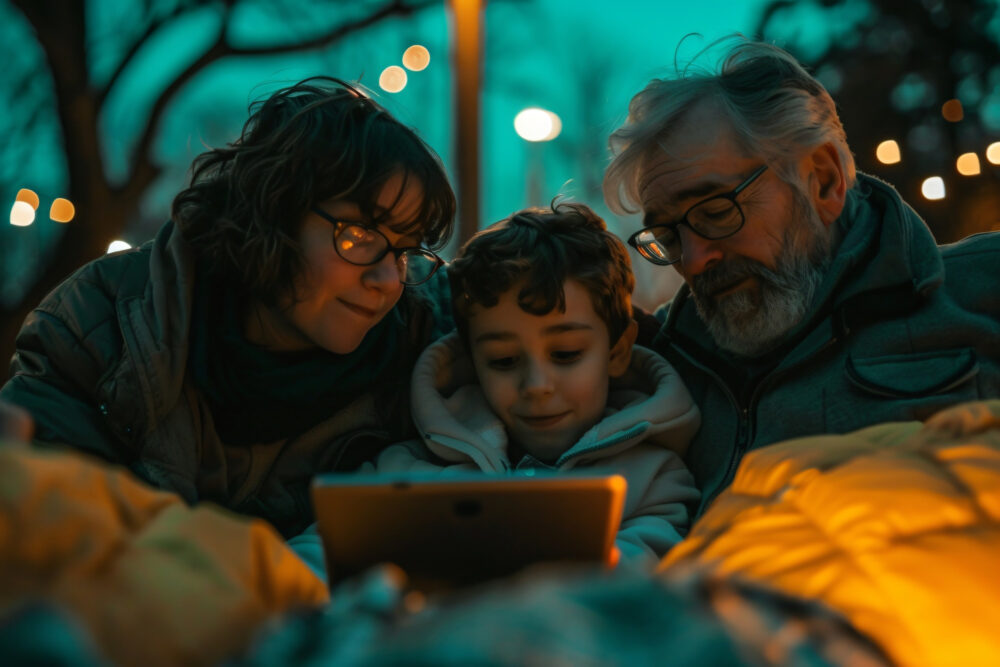


(Joint Self-Consumption) is like a mini electricity club where proximate, connected buildings share power and bills—everyone pitches in, so if one person doesn’t pay, the others cover it.
(Virtual ZEV) works the same way but connects through the public grid.
A LEG lets members keep their own electricity contracts while sharing self-produced solar power from the same ZIP code and grid level. It’s an easy way to cooperate, use more local energy, and make the most of the solar power produced in your area.
Because production and consumption happen locally, grid fees are lower — cutting electricity costs by up to 20%.
*DSO = Distribution System Operator MFH = Multi Family Home SFH = Single Family Home
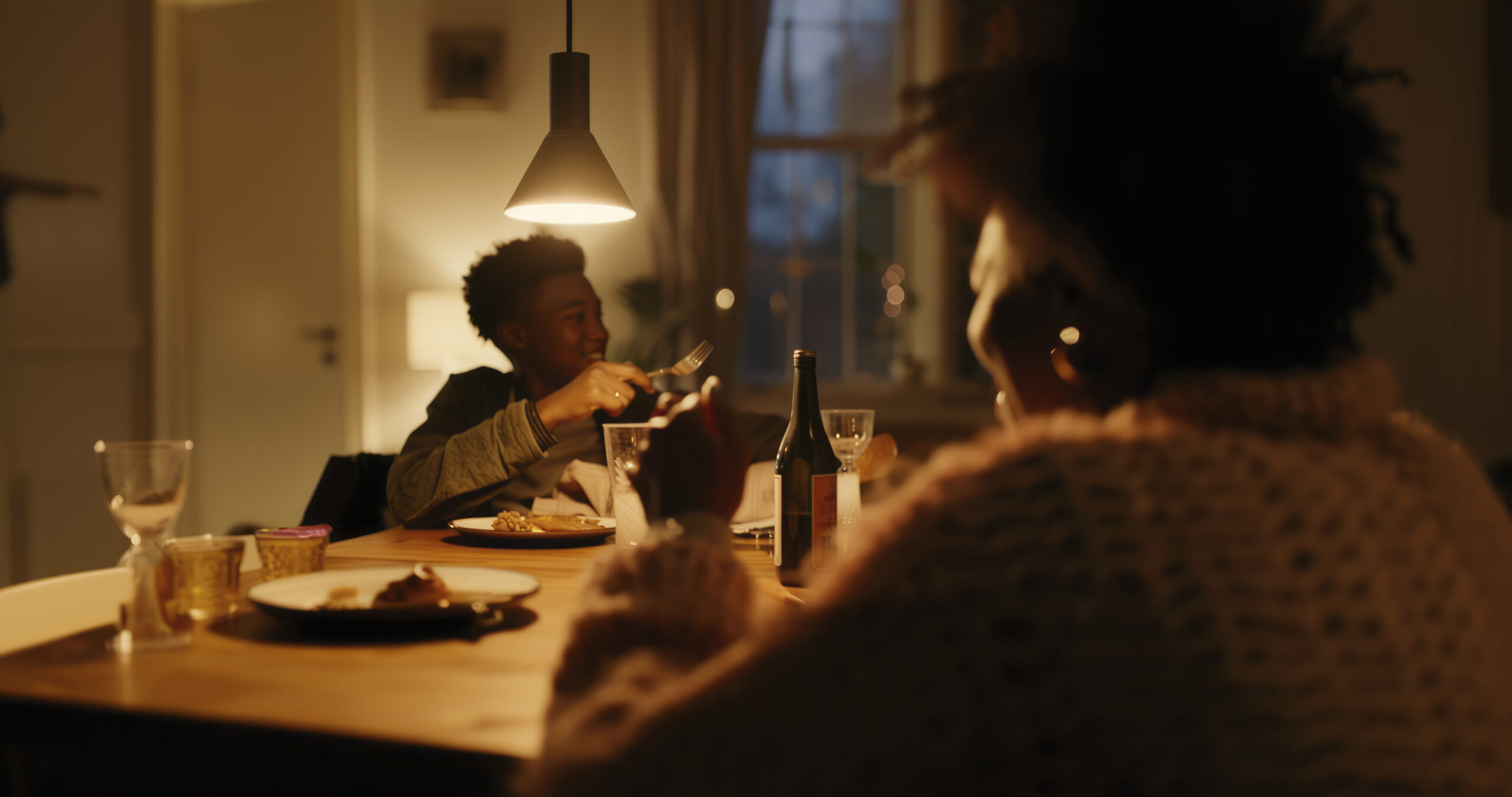
Pre-register to secure affordable clean green energy today.
Starting January 1, 2026, it will be possible to officially register a Local Electricity Community (LEG) under the new regulations.
Setting up a LEG typically takes about three months, and activation can only occur at the beginning of a month. This means the earliest official start date will be April 2026.
You can already register online with enshift. After registering, you’ll receive an automatic confirmation email, placing you on the list for your future Local Energy Community (LEG).
Starting January 1, 2026, enshift will officially register your LEG. From that point, electricity suppliers will have three months to set up the required infrastructure. Your LEG will become operational in April 2026, allowing you to benefit from locally produced renewable energy.
The Federal Council’s draft ordinance clarifies the requirement of local proximity, allowing a Local Electricity Community (LEG) to extend across the territory of an entire municipality – the maximum permitted by law.
Additionally all participants — including solar producers, storage operators, and consumers — must be located within the same grid area and grid level.
A grid area defines the geographic region where a grid operator is active. In Switzerland, the electricity network is divided into seven grid levels. For Local Electricity Communities (LEG), the relevant ones are:
A ZEV (Shared Self-Consumption) is like a mini electricity club where connected buildings share power and bills—everyone pitches in, so if one person doesn’t pay, the others cover it.
A vZEV (Virtual ZEV) works the same way but connects through the public grid.
A Local Electricity Community (LEG) lets members keep their own electricity contracts while sharing self-produced solar power from the same ZIP code and grid level. It’s an easy way to cooperate, use more local energy, and make the most of the solar power produced in your area. Because production and consumption happen locally, grid fees are lower — cutting electricity costs by up to 20%.

